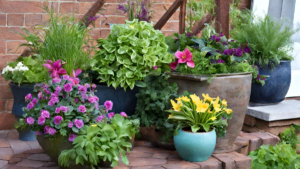With all of the incredible benefits that come with putting compost in your garden, it’s understandable that you would consider filling a raised bed with nothing but compost. However, it’s not the best idea.
While you certainly can fill your raised be with nothing but compost, it’s not a good idea for several reasons. While compost brings a lot of advantages to your garden, being used as a pure source of gardening soil has more disadvantages than advantages.
Compost is great for retaining moisture, driving away pests and unwanted bugs, enriching the soil with minerals and nutrients, and suppressing diseases. However, it does all these things as a part of a larger ecosystem, which includes regular soil.
Why You Shouldn’t Fill Your Raised Bed with Just Compost
There are three primary reasons that make filling your raised bed with nothing but compost a bad idea:
- Shrinkage
- Compaction
- Symphylans
Compost is the result of decomposing materials over time. While it is rich with nutrients that any plant would be happy to gobble up, it’s not as effective alone because of shrinkage. Keep in mind, this is decomposing material and it doesn’t stop decomposing.
Just because you move it from a composter to a raised garden bed, doesn’t mean that it stops decomposing. In fact, it will continue to do so and you will be able to see the compost shrink away as it sits in your raised bed.
Like a domino effect, this also creates a secondary problem, which is compaction. As the material decomposes, the smaller particles continue to fall closer and closer, essentially self-compacting, which leaves little room for root and plant growth.
Symphylans are typically only problematic in the northwest and they love to invade heavily composted areas. They are considered to be a type of pseudocentipede and they are typically the result of using far too much compost.
The normal rule of thumb is to combine rich garden soil with no more than 40% compost in order to avoid the types of problems listed above. Too much of a good thing is almost always a bad thing, after all.
What to Fill Your Raised Bed With
The best way to fill your raised be is to use both soil and compost. You don’t just want any soil either, such as soil that’s just laying around the yard, as it’s probably full of weeds and other seeds for plants that will turn out to be invasive rather than helpful.
Fill your raised bed with 40% top-quality soil, 40% compost, and allow the remaining 20% for adequate aeration. Aeration includes gravel types of material like pumice, lava rock, and perlite. It’s the coarse material necessary for increased moisture retention and aeration.
Final Thoughts
While filling your entire raised bed with compost is not a good idea, that doesn’t mean you shouldn’t use a healthy amount of compost in a mixture of quality soil, along with additional aggregates for aeration.
Compost is an excellent addition to any garden bedding, however, it isn’t the end all be all and should be used in moderation.
Related Articles
- Backyard Garden Design

- Front Yard Landscaping Ideas
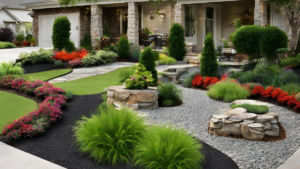
- Smart Watering: The Key to a Vibrant and Lush Lawn
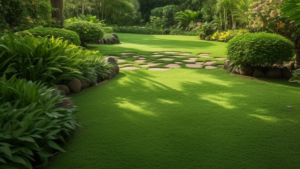
- Unveiling the Timeless Charm of Cottage Garden Inspiration
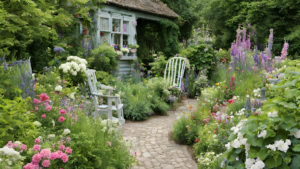
- Zen Garden DesignZen Garden Design
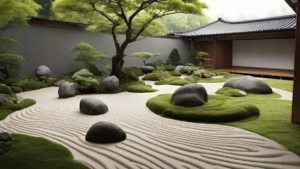
- Container Garden Ideas
